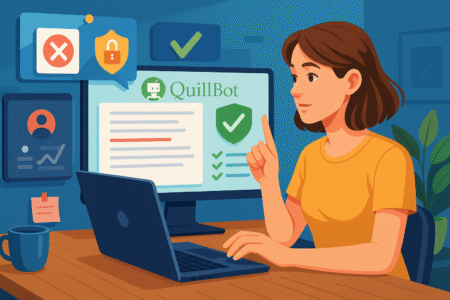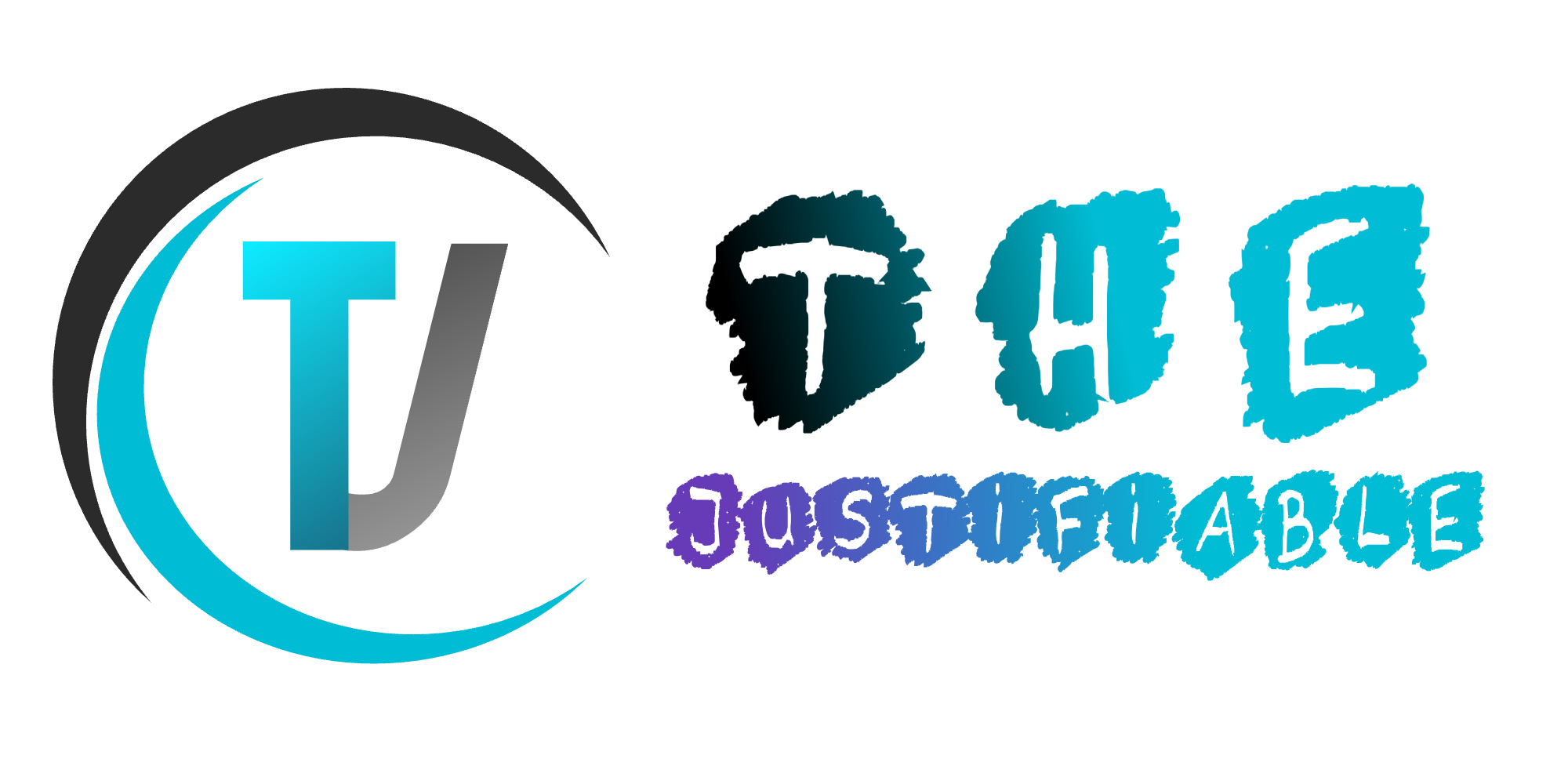Understanding the Basics: Can Turnitin Detect QuillBot?
You’ve probably wondered if Turnitin, the popular plagiarism checker, can detect text rewritten by QuillBot. Let’s clear this up once and for all by exploring precisely how these tools interact and whether you’re truly safe from detection.
How Turnitin Actually Works: Essential Facts to Know
Before diving deeper into whether Turnitin can detect QuillBot, it’s crucial to understand how Turnitin identifies plagiarism. Turnitin primarily scans for matches against its extensive database, which includes billions of webpages, academic journals, papers submitted by students, and other sources. It doesn’t directly identify AI-written text; instead, it looks for content matches and certain writing patterns.
- Database Comparison: When you upload your paper, Turnitin cross-checks it against stored sources to find similarities.
- Similarity Report: You get a similarity percentage, highlighting copied or matching phrases and sentences.
- Textual Pattern Detection: Turnitin analyzes writing style and repetitive text patterns to catch plagiarism attempts.
Knowing this, the next logical question is: does Turnitin consider QuillBot-rewritten content plagiarism?
QuillBot Explained: What Exactly Does It Do?

QuillBot is an AI-powered paraphrasing tool that helps rewrite content by rewording sentences, changing synonyms, restructuring paragraphs, and generally making text appear fresh.
Many students use QuillBot to bypass plagiarism detection by rewriting sentences or paragraphs borrowed from sources or even their own previously submitted content.
How QuillBot Works Behind the Scenes
When you input text into QuillBot, it analyzes sentence structures, grammar, synonyms, and context, offering variations of your original content. QuillBot’s AI is sophisticated enough to produce rewrites that often pass as original, particularly in casual reading or superficial scanning.
Here’s how it achieves this:
- Contextual Synonym Replacement: QuillBot picks synonyms suitable for the sentence context, maintaining readability.
- Sentence Structure Alteration: The tool rearranges sentence components to ensure uniqueness.
- Multiple Rewriting Modes: From “Standard” to “Creative,” QuillBot adapts text based on the mode selected, significantly affecting originality.
However, while QuillBot can create convincing paraphrased content, there’s still the critical issue of detection by Turnitin.
Expert Insight: Can Turnitin Detect QuillBot?
Let’s answer your burning question: can Turnitin detect content rewritten by QuillBot? The straightforward answer is that Turnitin doesn’t directly detect QuillBot specifically.
It cannot inherently identify whether an AI tool has rewritten your content. Instead, detection depends entirely on how similar the rewritten content is to existing text.
Real-Life Scenario: Case Study Insights (2024)
Recently, a university experiment conducted in early 2024 revealed fascinating insights:
- Original Text: A direct excerpt from a popular academic journal was submitted to Turnitin, yielding a 100% similarity match.
- Standard Mode (QuillBot Rewrite): Using QuillBot’s standard mode, similarity dropped significantly but remained at approximately 35% due to common phrases and structures.
- Creative Mode (QuillBot Rewrite): Employing creative mode, similarity dropped to around 15%, often below standard university plagiarism thresholds (commonly 20% to 25%).
These insights clearly indicate that Turnitin struggles significantly to flag properly paraphrased QuillBot content, especially in creative or advanced paraphrasing modes. However, it still detects matches for commonly used sentences or phrases.
The Risks: Why You Should Still Be Careful
Even if Turnitin can’t directly detect QuillBot usage, there remain genuine risks associated with depending entirely on paraphrasing tools:
Instructor Vigilance and Manual Review
Your professors may manually check your work, especially if it appears suspiciously well-structured or unnatural. Many instructors know about QuillBot and similar tools, prompting closer scrutiny of paraphrased content, especially when:
- Your writing style drastically changes within the same document.
- Complex ideas seem paraphrased but unclear.
- Sudden improvement in writing quality that doesn’t match previous submissions.
Advanced Plagiarism Detection Tools
Besides Turnitin, some universities employ sophisticated AI-detection software explicitly designed to catch AI-paraphrased content, analyzing linguistic patterns unique to AI-generated text. These tools, like GPTZero or Originality.AI, look for:
- AI sentence patterns and unnatural sentence flow.
- Frequent use of unusual synonyms or vocabulary.
- Inconsistencies in author voice and tone.
Thus, relying solely on QuillBot could potentially land you in trouble.
Safe Strategies: How to Use QuillBot Without Being Flagged

Now, let’s explore practical, safe, and ethical ways to leverage QuillBot, minimizing the risk of plagiarism detection:
1. Always Edit Your Paraphrased Text Manually
Even the best AI paraphrasing tools leave detectable linguistic footprints. After using QuillBot, manually adjust sentences to match your natural writing style. Doing this reduces suspicion and minimizes the likelihood of detection by Turnitin or instructors.
2. Mix Paraphrased and Original Content
Don’t paraphrase entire papers; blend original ideas with QuillBot-paraphrased content. Balance ensures that your writing remains authentic, maintaining consistency in voice, structure, and tone.
3. Check Your Work Before Submission
Run your paraphrased content through independent plagiarism checkers like Grammarly Plagiarism Checker or Copyscape before final submission. It identifies any unnoticed similarities that Turnitin might detect, allowing revisions to prevent flagged content.
Chart Breakdown: QuillBot Modes vs. Turnitin Detection Rates (2024)
Here’s an easy-to-follow breakdown of QuillBot modes and Turnitin detection levels from recent tests:
| QuillBot Mode | Turnitin Similarity Score | Risk Level |
| Original Text | 90–100% | High |
| Standard Mode | 25–40% | Moderate |
| Fluency Mode | 20–35% | Moderate-Low |
| Creative Mode | 5–20% | Low |
This chart clearly indicates creative mode significantly reduces plagiarism risks, though careful revision remains essential.
Ethical Considerations: Is Using QuillBot Cheating?
Beyond detection issues, you should consider ethical implications. Institutions typically view unauthorized paraphrasing—particularly copying someone else’s ideas without proper citation—as academic dishonesty.
- Proper Citation: Always cite original sources, even after paraphrasing.
- Transparency: If allowed, openly acknowledge QuillBot use to instructors or academic advisors.
- Academic Integrity: Avoid complete dependency on AI tools for assignments. Utilize them for initial drafts, refinement, or language improvement only.
Expert Tip for Students: The Best Approach
In my experience, balancing QuillBot’s convenience with proper editing, originality, and ethical writing practices ensures you’re both safe and compliant. Turnitin won’t flag carefully blended QuillBot paraphrases that include your genuine voice and proper citations.
If you follow this balanced approach, you leverage AI ethically and efficiently while protecting yourself academically. Remember, AI should support your writing, not replace your own insights and effort.
Bottom Line: Can Turnitin detect QuillBot? Not explicitly. But smart instructors and advanced detection tools certainly can. Use AI paraphrasing responsibly, and you’ll confidently avoid plagiarism accusations in your academic journey.






